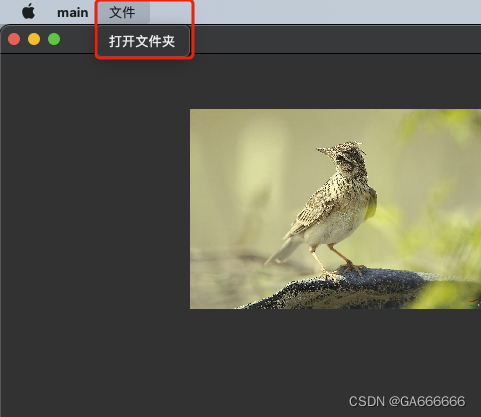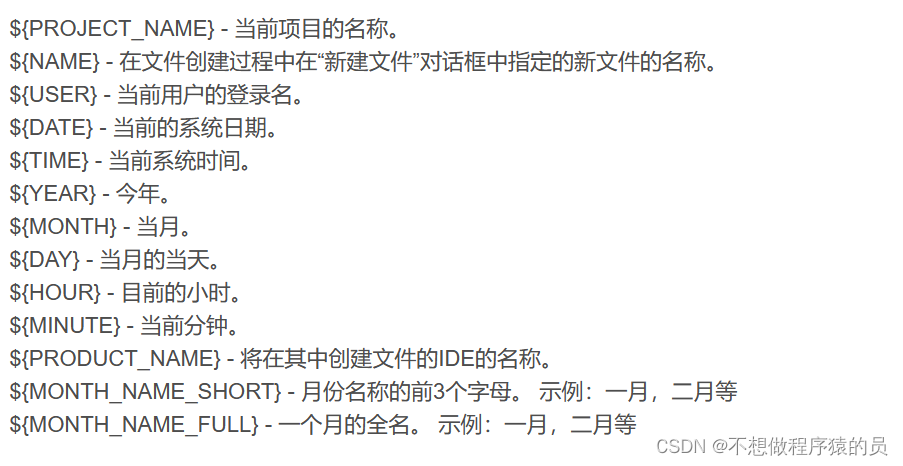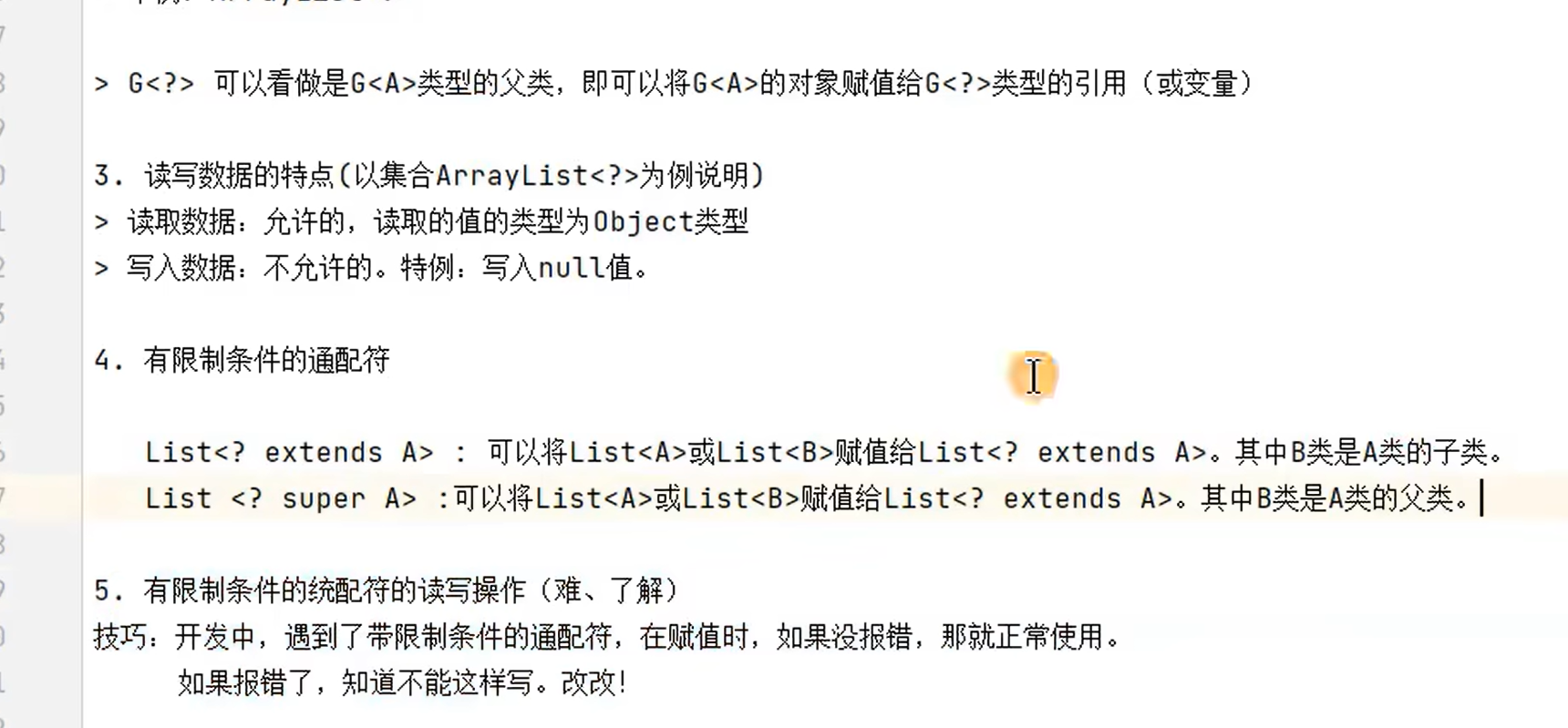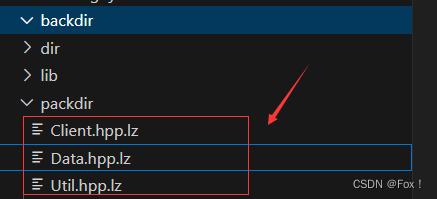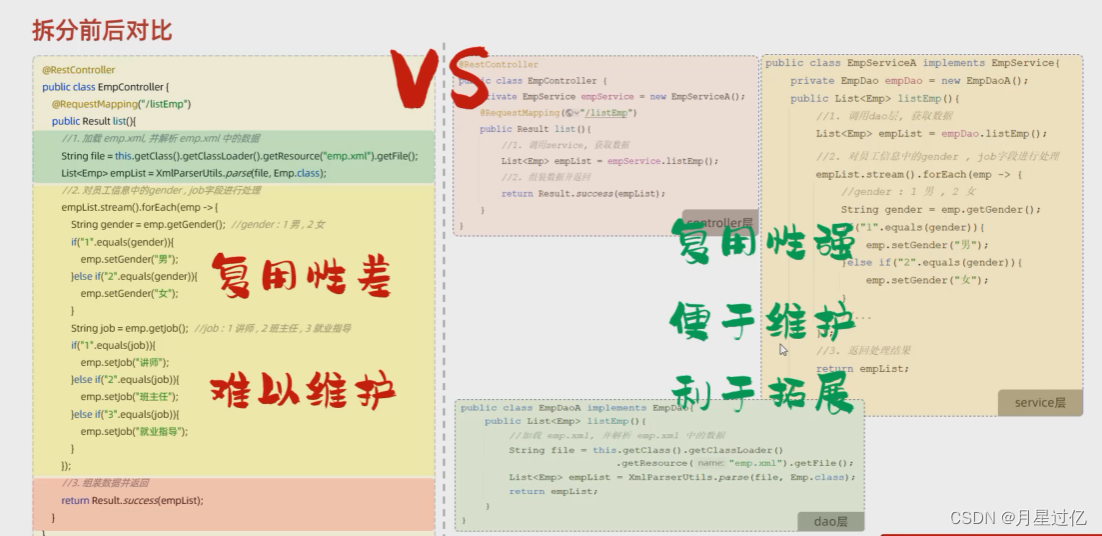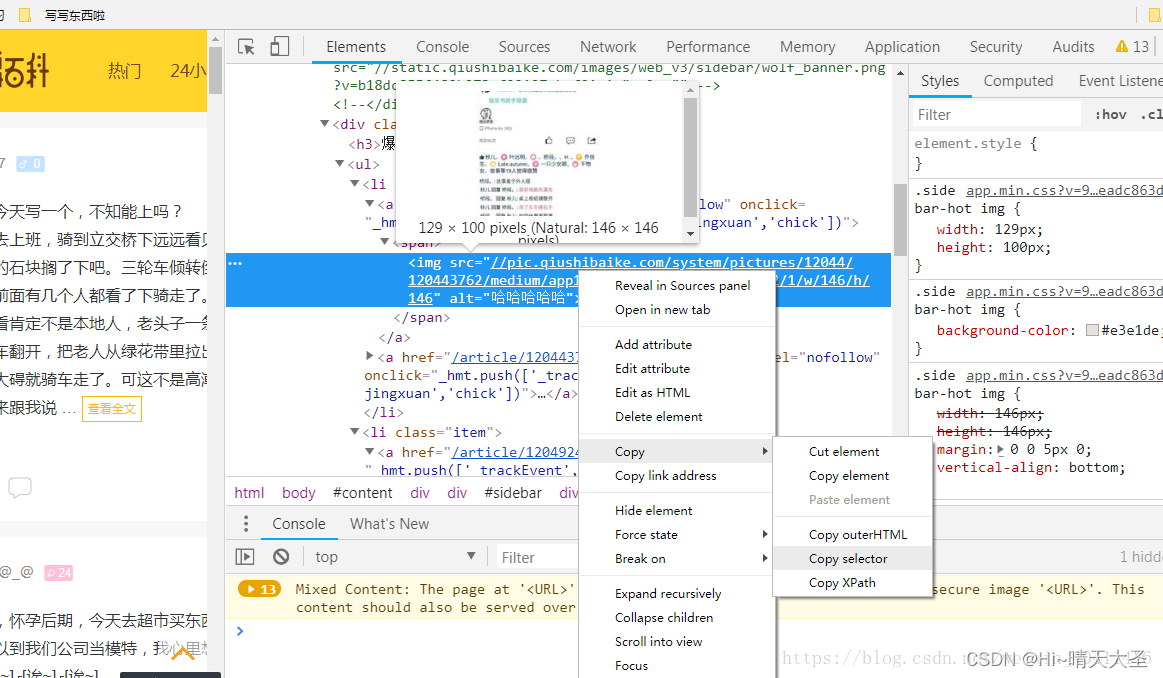对于任何正整数 x,其约数的个数记作 g(x),例如 g(1)=1、g(6)=4�(1)=1、�(6)=4。
如果某个正整数 x满足:对于任意的小于 x 的正整数 i,都有 g(x)>g(i),则称 x为反素数。
例如,整数 1,2,4,61,2,4,6 等都是反素数。
现在给定一个数 N,请求出不超过 N 的最大的反素数。
输入格式
一个正整数 N。
输出格式
一个整数,表示不超过 N 的最大反素数。
数据范围
1≤N≤2∗109
输入样例:
1000
输出样例:
840思路:
最大反素数(我设为x)=拥有最多约数的一批数中的最小数。
如果x不是拥有最多约数,x1拥有最多约数:
假如x1<x,不符合反素数定义;x1>x,x不是最大的反素数。
任意正整数n=(x有k种质因子,pi是第i种质因子,ci是pi的次数)
x的质因子分解会是{2,3,5,7,11,13,17,23,29}的连续质因子的组合,并且c1>=c2>=c3>=c4.....并且c1+c2+c3+...c10<30.
如果x的质因子分解不是连续的,则较大的质因子可以被缺少的质因子替代,则存在x1<x,x1和x拥有相同的约数个数。
x的质因子如果有超过29的,2*3*5...*31>2*1e9;
c1>=c2>=c3>=c4.....如果不满足,比如c3>c1,那么将c3,c1调换,获得x1<x,x1和x拥有相同的约数个数。
2^31>2*1e9
所以我们得知:
x的质因子分解会是{2,3,5,7,11,13,17,23,29}的连续质因子的组合,并且c1>=c2>=c3>=c4.....
深搜dfs即可;
代码:
#define _CRT_SECURE_NO_WARNINGS
#include<iostream>
#include<cstdio>
#include<cstdlib>
#include<string>
#include<cstring>
#include<cmath>
#include<ctime>
#include<algorithm>
#include<utility>
#include<stack>
#include<queue>
#include<vector>
#include<set>
#include<math.h>
#include<unordered_map>
#include<map>
using namespace std;
#define LL long long
const int N = 1e6 + 1000;
const long long mod = 1e9 + 7;
#define rep(i,a,b) for (int i = a; i <= b; i++)
#define per(i, a, b) for(int i=a;i>=b;i--)
LL n, mxin=1e18,cnt,y;
int a[20] = { 0,2,3,5,7,11,13,17,19,23,29};
unordered_map<int, int> p;
void dfs(LL no, LL w, int last,LL yue)//w是x,last是一个选的次数,yue是总约数个数。
{
if (yue > cnt||yue==cnt&&w<mxin)
{
mxin = w;
cnt = yue;
}
if (no == 10) return;
LL x = a[no];
for (int i = 1; i <= last; i++)
{
if (w * x > n) break;
dfs(no + 1, w*x, i, yue*(i+1));
x *= a[no];
}
}
int main()
{
cin >> n;
dfs(1, 1, 31,1);
cout << mxin << endl;
return 0;
}


